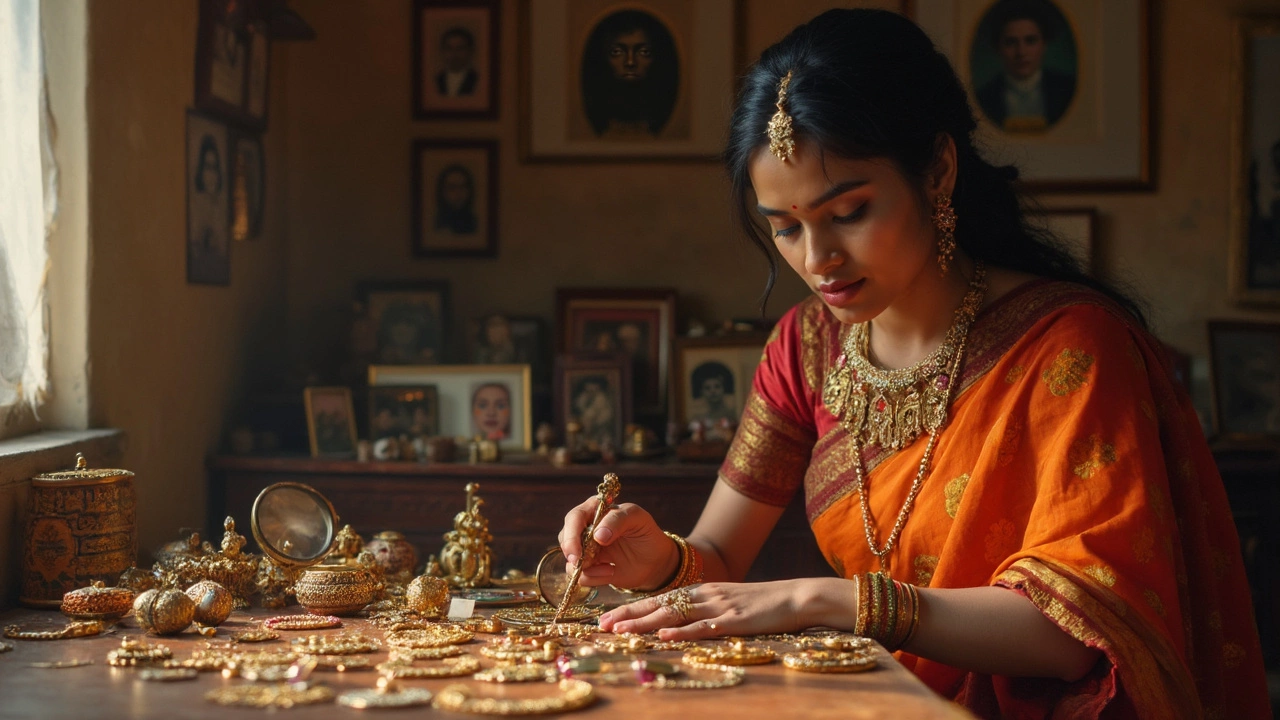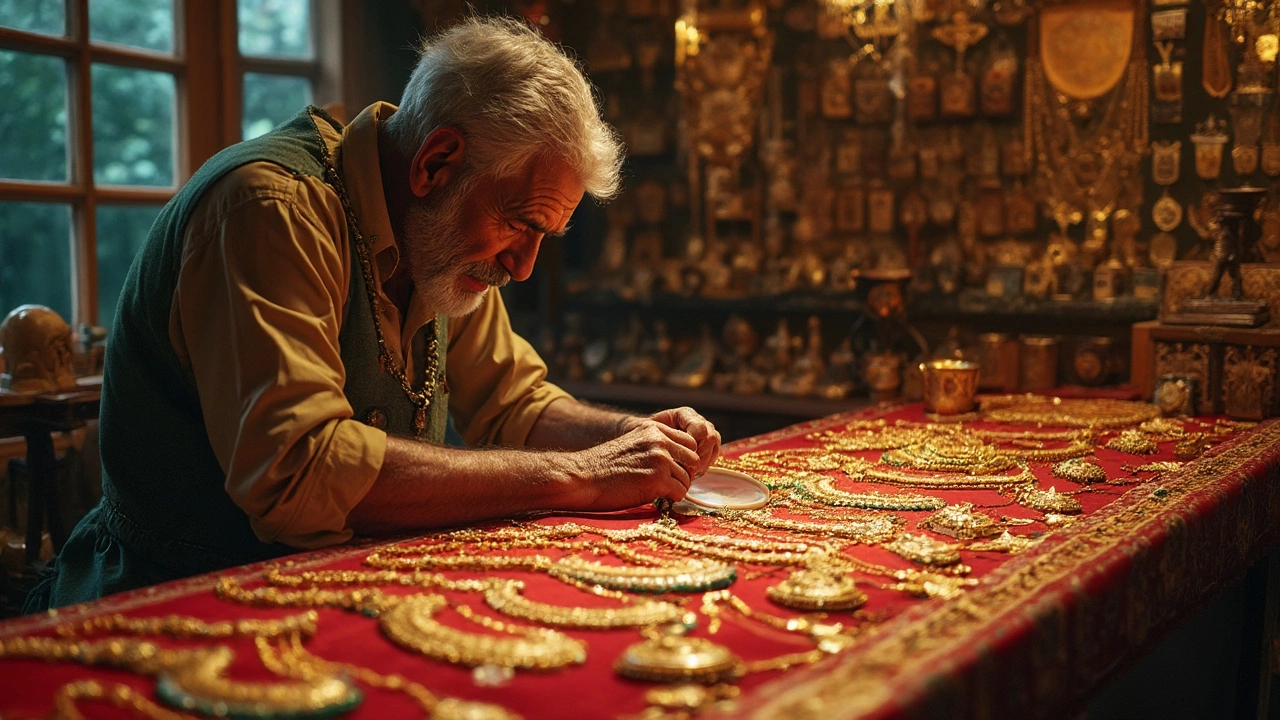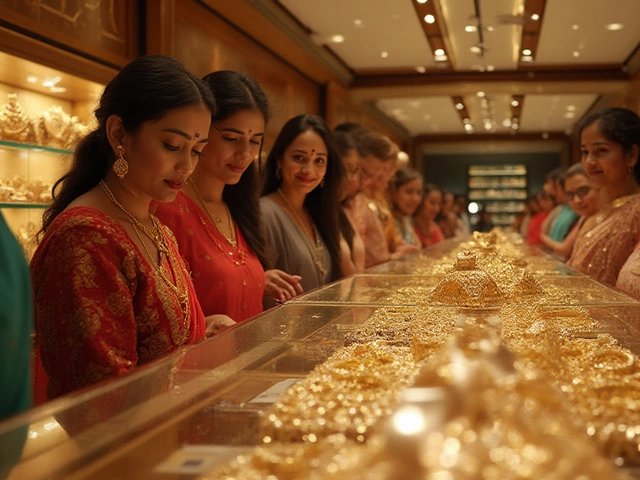Jewelry Appraisal: What You Need to Know
If you own gold, silver, diamonds, or any other precious piece, knowing its real worth matters. Whether you’re planning to sell, insure, or just curious, a proper appraisal can save you money and headaches.
Preparing Your Pieces for an Appraisal
First, clean your items gently with a soft cloth. Dust and grime can hide hallmarks or tiny flaws that affect value. Make a list of each piece, noting any paperwork you already have—receipts, certificates, or old appraisals.
Take clear photos from different angles. A good photo shows the front, back, any stamps, and the overall condition. If a stone looks damaged, capture that too. This helps the appraiser see details before the meeting.
Choosing the Right Appraiser
Look for a certified professional—someone with GIA, IGI, or a BIS certification in India. Certified appraisers have training in metal purity, gemstone grading, and market trends. Ask for references or read reviews; a trustworthy appraiser will be happy to share them.
Ask about fees upfront. Most appraisers charge a flat rate or a small percentage of the piece’s value. If the fee seems too high, compare a few quotes before deciding.
During the appraisal, expect the expert to weigh the piece, test gold purity (usually with an acid test or electronic tester), and examine any gems with a loupe or microscope. Hallmarks like "875" for 21 K gold or "833" for silver are quick clues, but the appraiser will verify them.
For diamonds, they’ll check the 4 Cs—carat, cut, color, clarity. A basic laser or handheld spectrometer can confirm authenticity, while a full lab report from GIA gives the highest confidence.
After the assessment, you’ll receive a written report. It should include a detailed description, the methods used, and a clear market value. Keep this report safe; you’ll need it for insurance, resale, or legal matters.
Don’t forget to update your appraisal every few years. Gold prices and diamond demand change, so a value from five years ago might be off by a lot today.
Quick DIY checks can help you spot obvious fakes before you pay for a professional opinion. Use a magnet—real gold and silver won’t stick. Weigh the piece; if it feels too light for its size, it could be plated. Look for uneven plating or bubbles on the surface.
When you’re ready to pick an appraiser, start with local jewelers who offer appraisal services, then expand to larger houses or online certified platforms if needed. A good appraiser will explain their process, answer your questions, and give you a realistic estimate.
In short, a solid jewelry appraisal combines clean preparation, a certified expert, and a clear written report. Follow these steps, and you’ll know exactly what your treasured pieces are worth.
Get the Most Money When Selling Antique Jewelry
Trying to cash in on your antique jewelry? This article breaks down exactly how to get the highest price when selling everything from vintage rings to heirloom necklaces. You'll find real tips on spotting true value, getting your pieces appraised, choosing the right selling platform, and understanding the key mistakes that can cost you cash. Plan your sale like a pro and avoid getting ripped off. Make your jewelry work for you, not the other way around.
How to Determine If Your Antique Jewelry Is Valuable
Trying to figure out if your antique jewelry is valuable can be tricky. There are several factors you need to consider, like the age, rarity, and condition of the pieces. Knowing what to look for, such as maker's marks and the history of the piece, can help you assess its true worth. Getting a professional appraisal might be necessary if you suspect a piece is particularly valuable.






